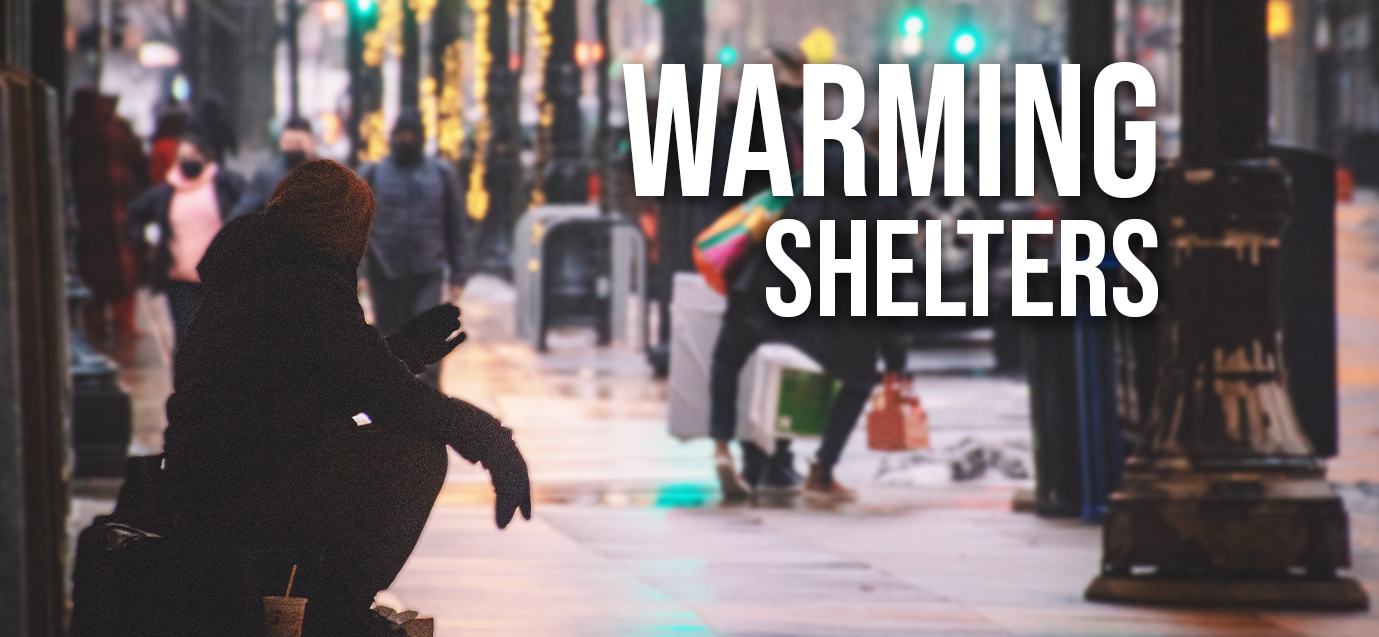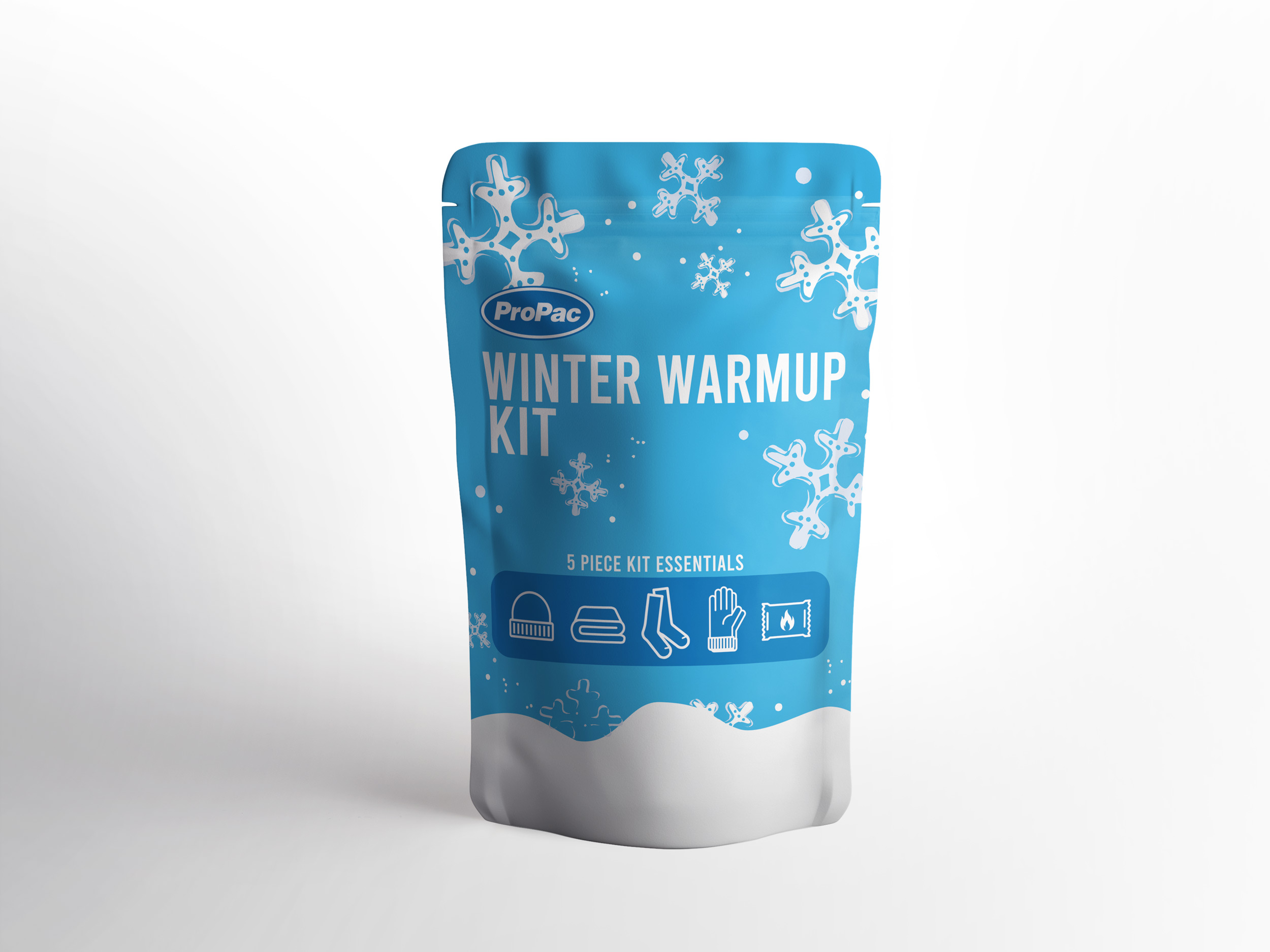You must have cookies enabled for the site to work properly.

What is a Warming Shelter?
Tuesday January 3, 2023
What is a Warming Shelter?
Warming shelters are an essential component of disaster preparedness, especially during the colder months when the risk of hypothermia is increased. Homeless people in colder climates are most at risk. Hypothermia can begin in less than an hour when the temperature is below 32° F. When winter weather strikes, it causes many public buildings to close like libraries, college campuses, and food pantries that provide shelter for homeless people. Flu and other illnesses also spread the most during the winter, especially among homeless people, making the need for warming shelters even greater. Read more from Pallet Shelter about how winter affects the homeless.
Normally, warming shelters should provide laundry facilities, storage for belongings, bathrooms with showers, charging stations for devices, and a dining area with pre-packaged snacks and water stations. While the primary purpose is to provide warmth, these shelters can provide so much more for the homeless at times when it’s difficult to be outside for more than a couple of minutes.

What is good to donate to warming shelters?
According to Pallet Shelter, these are the best items to donate to a shelter:
- Backpacks
- Bottled water
- Packaged snacks, such as granola bars or apple sauce
- Waterproof gloves, jackets, and boots
- Hand and foot warmers
- Wool socks
- Disinfectant supplies
- New underwear
- Blankets
ProPac USA offers a range of products to help people stay warm in times of crisis. These include hand warmers, wool socks, knit hats, and blankets. These products can also be found in our Winter Warmup Kits which include a knit cap, gloves, socks, hand warmers, and a mylar blanket. These items can be especially important for those who are experiencing homelessness and may not have access to other sources of heat. We commonly hear of customers buying cases of these kits and giving them out in their area during the colder months.

Warming shelters can be the difference between life and death for those without stable housing. These services should be supported by local communities and should be stocked with supplies well before inclement weather strikes. To donate to your local shelter, search the HUD (U.S. Dept. of Housing and Urban Development) “Find Shelter” website.